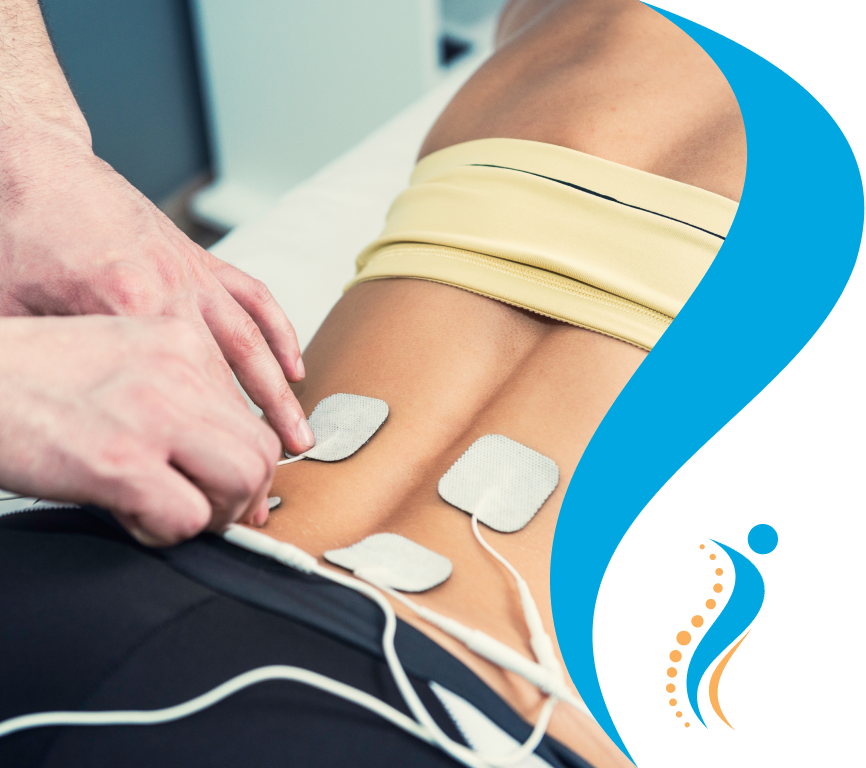Spinal Cord Stimulation
Achieve pain relief with spinal cord stimulation therapy which helps relieve chronic pain by neutralizing pain signals before they get to the brain by delivering mild electrical impulses to the spinal cord.
Frequently Asked Questions
It is common to have questions about your procedure. If these answers are not sufficient, we are always happy to talk in more detail. Just reach out!
-
Do I need to be hospitalized for this procedure?
No, this is an out patient procedure done by your provider or a spine surgeon.
Is it difficult to use the device?
Before the patient has a trial and implantation, education is given to the patient and family members, facilitating use of this technology.
Will my insurance company cover Spinal Cord Stimulation therapy?
Many insurance companies cover the cost of spinal cord stimulation. However, your doctor will need approval from your insurance provider before you can receive treatment. Talk with your doctor or insurance company to find out what your coverage includes.
-
What are the most common complications for this procedure?
While complications are rare for this procedure, there is a small risk for infection at battery insertion and lead migration which is why the patient needs to be properly evaluated preoperatively to reduce complications.
Can I control the stimulation?
Your doctor will program the settings based on your needs and preferences, but you can adjust stimulation levels using your handheld programmer, which works like a remote control.
See Other Treatments
Interventional pain management involves procedures target and treat the source of pain directly, providing relief without relying solely on medications. This helps to address the root cause of pain with effective and personalized solutions that go beyond traditional pain relief methods.




